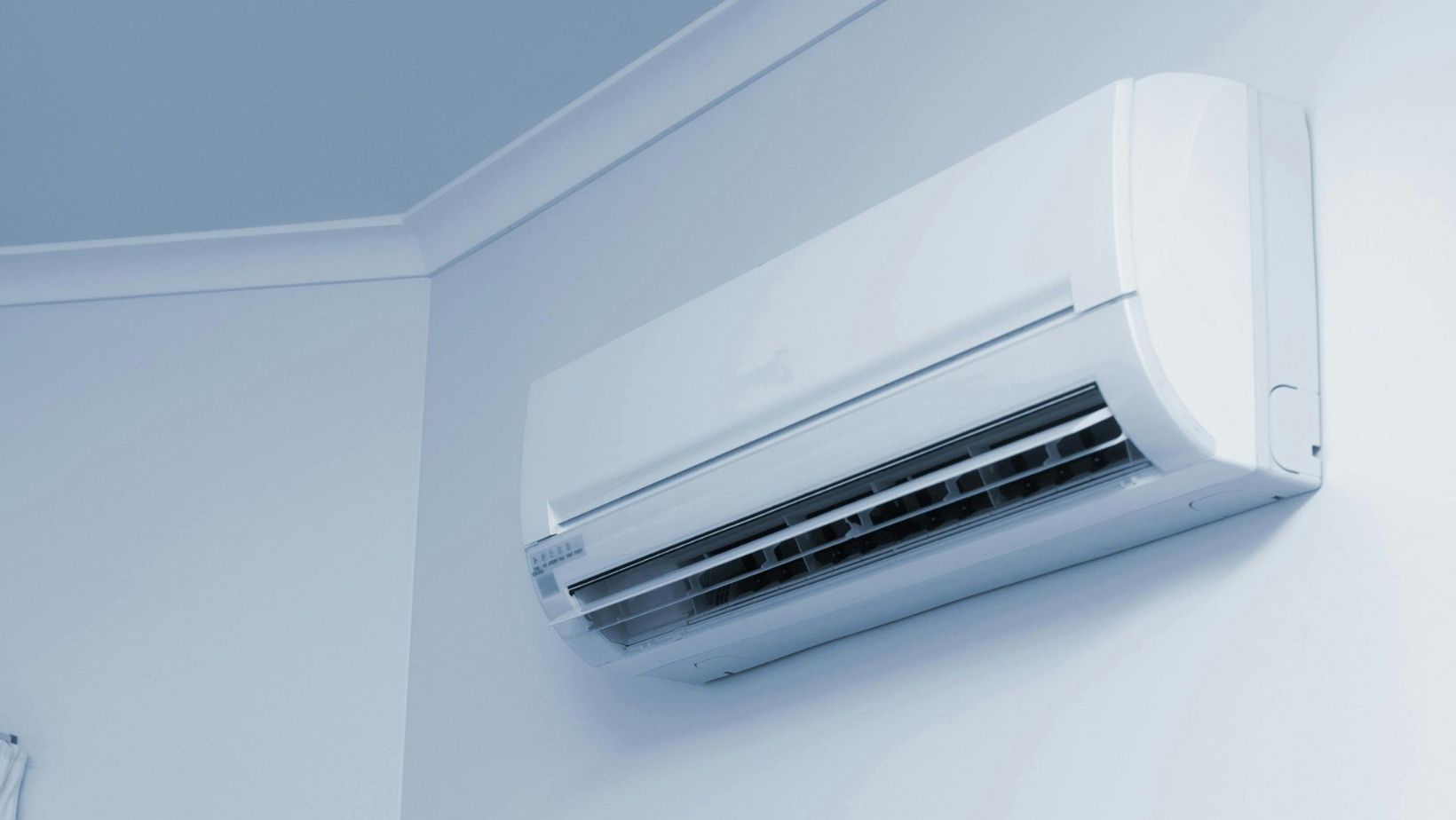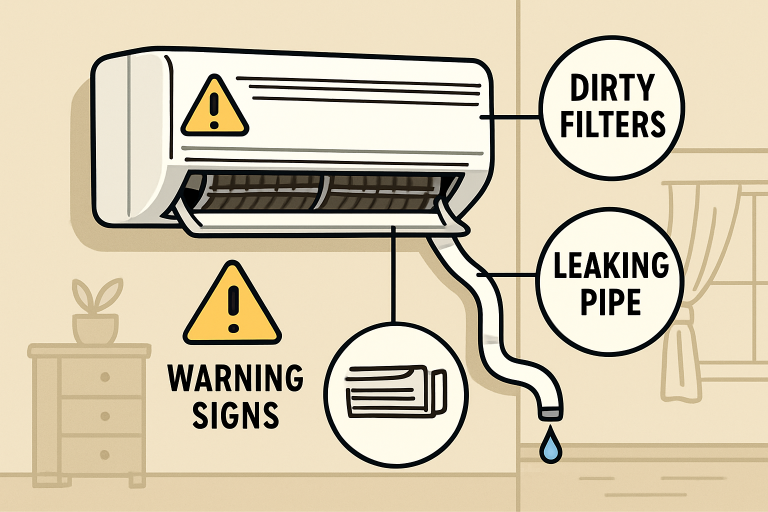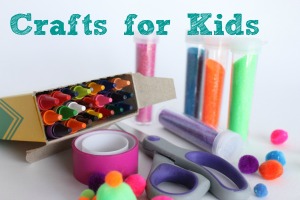
If you’re prone to UTIs or worried about getting one for any reason, you may be wondering how to prevent them. Even if you have early signs of a UTI, you may be seeking solutions to treat it before having to rush to the doctor. While you should always consult a physician in case the infection worsens, there are several steps you can take to ward off UTIs. There are also measures you can take if you have early symptoms and can’t get to a doctor right away.
The most important thing to understand about UTIs is that a urinary tract infection is caused by harmful bacteria. This bacteria sits too long in your bladder or urethra and begins to cause inflammation and spread. It can ultimately lead to a kidney infection or even sepsis, which can be life-threatening. In most cases, it won’t progress that far—a doctor can prescribe antibiotics, and even before it reaches that point, you can care for your body in ways that prevent and fight infection.
Cranberries
Cranberry juice is probably the oldest treatment for UTIs. Ancient cultures dating back hundreds of years have used cranberries to treat bladder and kidney issues. This wisdom has been passed down for generations, and now modern science supports this practice. Evidence shows that PACs (proanthocyanidins), which are flavonoid compounds found in cranberries, interfere with bacteria’s ability to adhere to the urinary tract. As a result, the bacteria cannot spread and cause infection.
If you’re prone to UTIs, you can make drinking cranberry juice a regular practice. The only problem is that not all cranberry juices contain the recommended dosage of 36 mg of PACs. It’s generally better to take a UTI supplement that can guarantee the correct dosage. Combined with a healthy diet, plenty of exercise, and adequate hydration, a high-quality supplement can help prevent UTIs long-term.
Probiotics
The field of medicine has learned more about the human body and how it interacts with the surrounding environment in recent decades. One of the greatest discoveries scientists have made is that not all bacteria are harmful. Beneficial bacteria can be found in your favorite beer, kombucha, or yogurt—and, of course, in your gut. The beneficial bacteria in your gut fight off harmful bacteria that attack your body, thereby preventing infection from taking hold.
That’s where probiotics come in. Foods containing probiotics and probiotic supplements nourish the healthy bacteria in the human gut. A healthy gut, scientists have recently discovered, can positively impact your mental state, skin, energy levels, and more—including your urinary tract. It’s a good idea to ensure you’re feeding your gut a variety of probiotics through daily yogurt, kefir, sauerkraut, or kombucha, based on your preferences.
For extra support, many people also turn to targeted supplements like Evvy’s probiotic, which are specifically designed to balance the vaginal and urinary microbiome while supporting overall gut health.
Water and Water-Rich Foods
Water continues to be one of the most underrated resources on earth. Many people take it for granted and instead opt for energy drinks, sugary juices, sodas, or alcohol. The problem with these choices is that each can concentrate urine and increase the risk of developing a UTI. When science recommends that humans drink eight glasses of water daily, it’s for good reason. 
More water means you’re urinating more frequently, which means you’re flushing bacteria out of your urinary tract. This is one of the biggest keys to ensuring you don’t have bacterial buildup that leads to infection. Aim for your eight glasses per day. You can also eat more water-rich foods like cucumber and watermelon, which help flush your system. Be sure to limit foods and beverages high in salt, sugar, and alcohol.
Practice Vaginal Self-Care
You’ll also want to care for your vaginal area from an external and physical perspective. Keeping your vaginal area clean and allowing it to breathe is essential for preventing UTIs. This is especially important if you’re sexually active, as sexual activity can transfer bacteria from outside the vaginal area into the urinary tract. For this reason, it’s always wise to clean your genitals before having sex and encourage your partner to do the same.
Taking it one step further, you should urinate immediately after sex to flush out any foreign bacteria introduced during intercourse. Exercise is also an important part of avoiding UTIs. Regular exercise strengthens your immune system so you can fight off infection. You can also exercise your pelvic floor muscles with Kegels to support a strong bladder and urinary tract, which helps prevent leaking and minimizes the amount of bacteria that can enter the urinary tract.
UTI Prevention Is Holistic
In the end, the answer to the question “What works?” is “all of it.” Cranberries, probiotics, water, hygiene, exercise, stress management, good sleep, and general self-care are all pathways to preventing infections, including UTIs.
When you eat healthily, sleep well, take supplements for missing nutrients, and exercise regularly, you’re building a strong body. A strong body is much harder to compromise, and even when bacteria do attack, a strong body fights back effectively.














































